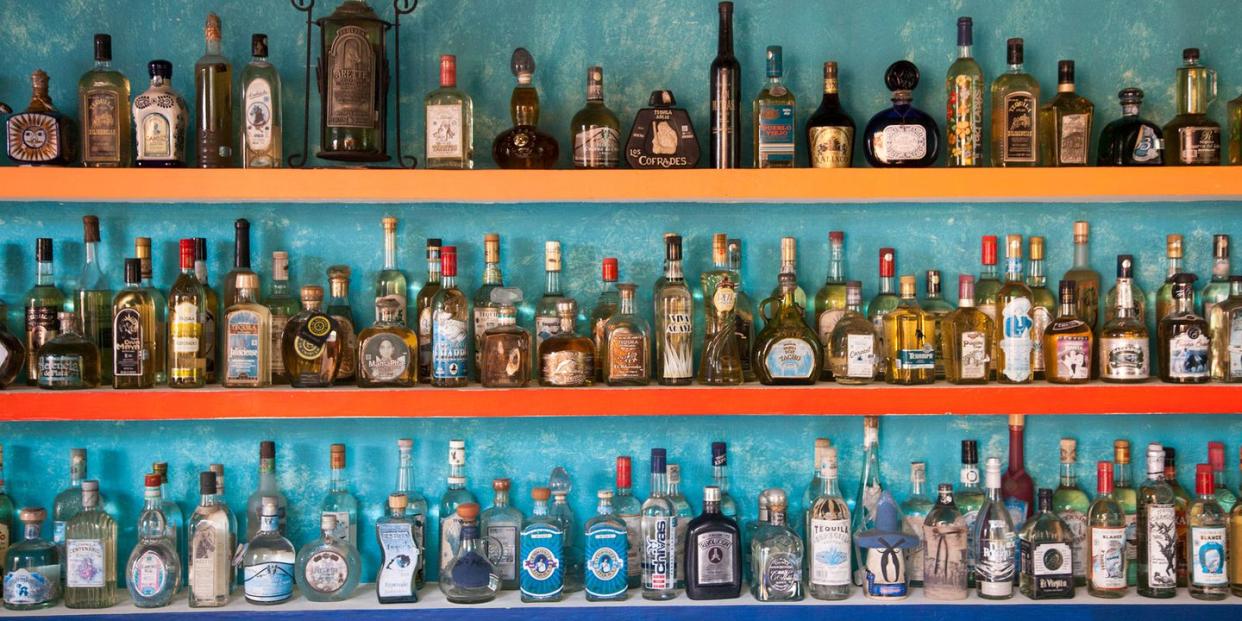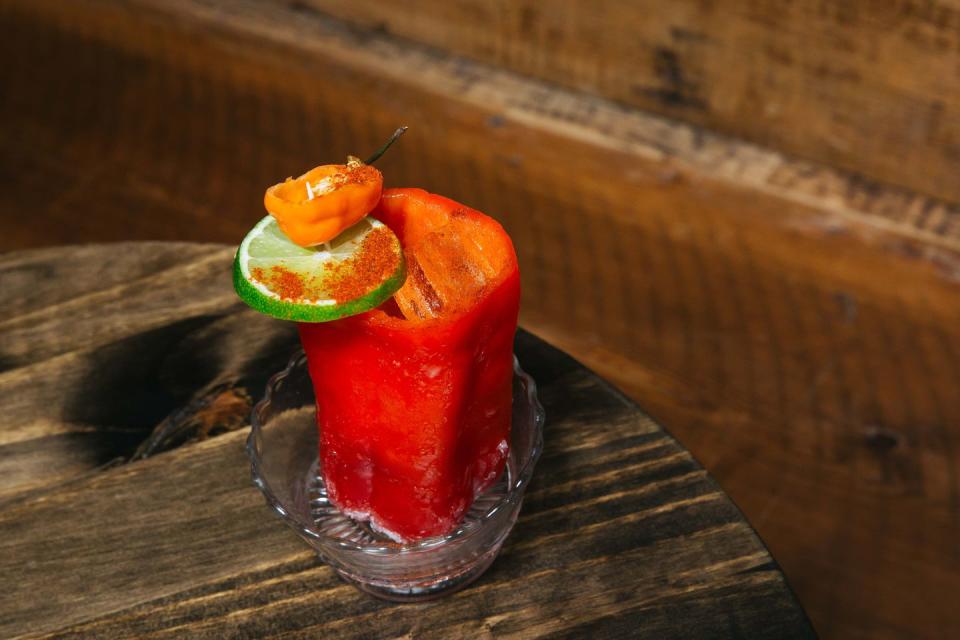12 Things Every Tequila Aficionado Needs to Know

1. Tequila has an appellation of origin.
Like champagne, cognac, and some fine wines, tequila can only be produced in five regions in Mexico-Guanajuato, Michoacán, Nayarit, Tamaulipas, and Jalisco, though far and away the largest producer is Jalisco.
2. It must be made from the blue agave plant... mostly.
To be classified as tequila, a spirit must be at least 51% derived from blue agave (with the rest made up from another neutral spirit), though many brands today up the ante and use 100 percent blue agave. Most brands that use pure blue agave will note it on the label, but as a general rule of thumb "mixto" tequilas made with a lower percentage of agave are typically cheaper.
3. The agave harvest is a labor of love-and time.
Agave tequilana weber, or blue agave, take between 8 and 12 years to harvest and can grow as much as 7 feet tall.

4. The majestic agave plant is not a cactus.
The agave plant actually belongs to the Agavoideae family, which is a succulent closely related to the lily plant. In Latin, agave means illustrious, admirable, and noble.
5. Only the agave heart is used to make tequila.
The hearts of the plant, also known as the piñas, are cut out, cooked, ground down, and fermented to make tequila. That means that unlike a fruit-based beverage like wine which can be harvested seasonally and regrow from the same plant, the agave plant is used up after it is harvested and a new one must be grown from scratch.
6. It's technically a mezcal.
But not all mezcals are tequila. That's because any spirit distilled from the agave plant is considered mezcal, but tequila can come from the blue agave variety.
7. Tequila drinkers in Mexico typically sip their drink.
A common practice in the U.S. is to take a shot with lime and salt, known as tequila cruda, while those in Mexico opt to savor their tequila neat like whiskey.
8. As with wine, terroir can influence the taste of tequila.
The primary influences on the flavor are the yeast, which can either be an added commercial yeast or wild yeast from the surrounding environment, and the type of soil that the agave is grown in. Broadly speaking, tequilas from the Highlands (Los Altos) often express with grassier and sometimes sweeter flavor profiles, while those from the Lowland (El Valle) can have an earthier, more mineral quality.
To really get a feel of the terrior, brands like Mezcales de Leyenda and Del Maguey specialize in in regional and even single-village bottlings to compare.
9. The Agave Region has "Outstanding Universal Value."
More than 85,000 acres of Mexico's magnificent agave landscape in Jalisco is recognized as a World Heritage site by UNESCO.

10. There are five official classifications of tequila.
Blanco, also known as Silver tequila, and Joven, aka Gold, are the youngest varieties and are typically unaged or else "rested" for a month or two to help smooth the bite of the liquor-these are sometimes marketed as Suave. Jovens are generally blended, either with aged tequilas or merely with colorants and sweeteners to achieve their "gold" shade; they are most commonly used in making cocktails.
Of the aged styles, Reposado have the least aging, with the spirit resting in barrels for anywhere from two months to a year; Añejo, in turn, is aged from 1 to 3 years, and Extra Añejo (a relatively new classification that was introduced in the mid-2000s) ages for a minimum of 3 years.
There are no specific guidelines about what types of barrels must be used in aging tequila, though for Añejo and Extra Añejo, barrels that hold over 600 liters are not permitted. Both American and French Oak barrels are common, as are repurposed barrels from the manufacture of bourbon, cognac, or wine which can impart unique flavors to the spirit.
11. There shouldn't be a worm in it.
You may have heard of the worm at the bottom of the tequila bottle, but traditional tequila was never intended to have bugs in it. The worm-a moth larvae called a gusano de maguey, the juvenile form of the Mariposa or Atlas moth which feeds on agave plants-actually comes from a marketing ploy for mezcal in the mid-20th century, though legends abound as to whether the worm was added as a flavoring agent, a virility enhancement, or merely to differentiate it from tequila for the American market.
As for tequila, the Normas Oficiales Mexicanas, which dictates standards for a variety of products, prohibits the placement of worms in tequila.
12. It's not the only Mexican spirit.
While tequila and mezcal may have the name recognition in the US, sotol is also gaining ground. Hailing from the Chihuahua region of northern Mexico, it's made in a similar method to mezcal and tequila, but using another form of succulent, the Dasylirion or desert spoon plant.
Here's an exclusive summer recipe: Hell on Wheels by Miguel Aranda of Boticarios

Ingredients
2 oz Sombra Mezcal
.5 oz ITALICUS Rosolio di Bergamotto
.33 oz fresh lime juice
.5 oz agave syrup
Several dashes habanero tincture
Instructions
Place all the ingredients into a shaker, add ice and shake well. Strain into a hollowed-out red bell pepper and garnish with a habanero pepper.
('You Might Also Like',)

